What are reflexes?
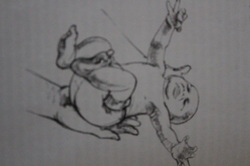
If it persists in an older child it can be associated with:
- Hypersensitivity
- Stimulus bound (cannot ignore stimuli to focus attention on one thing – has to pay attention to everything, very distractable)
- Sensory overload which can result in a child switching off or daydreaming
- Anxiety
- Emotional and social sensitivity
- Need to control and manipulate events
- Physical timidity
- Allergies and lowered immunity
- Dislikes change or surprise – poor adaptability
STNR Reflex
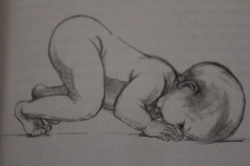
If it persists in an older child can affect:
- Integration of upper and lower portion of the body
- Sitting posture (The child tends to slump when sitting at a dest or table)
- Poorly developed muscle tone (The child is more likely to turn and twist at a table resulting in inattention and hyperactivity)
ATNR Reflex
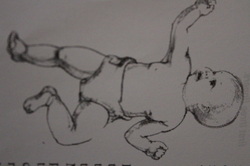
If it persists can be associated with:
- Hand eye coordination difficulties
- What they write is of a lesser standard than what they can do orally
- Sloppy writing
- Visual tracking more difficult
- Bilateral integration is more difficult (ie. using two sides of the body in an integrated way)
- Mixed handedness above the age of 8 years.
Spinal Galant
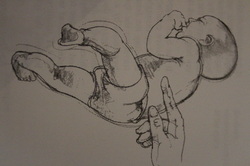
If it persists it can be associated with:
- Ability to sit still
- Attention
- Co-ordination
- Posture
- Sometimes associated with bed wetting
TLR Reflex
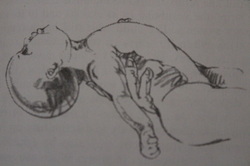
If it persists it can be associated with:
- Tendency to reverse letters or mix them up if they are similar
- Sequencing difficulties, so the child will find it hard to learn the days of the week, months of the year, times tables or remembering instructions.
- Postural problems – either floppy or tight muscles and the tendency to walk on toes.
- History of motion sickness
- Orientation or spacial difficulties which directly impacts on time, understanding and giving instructions and maths ability


